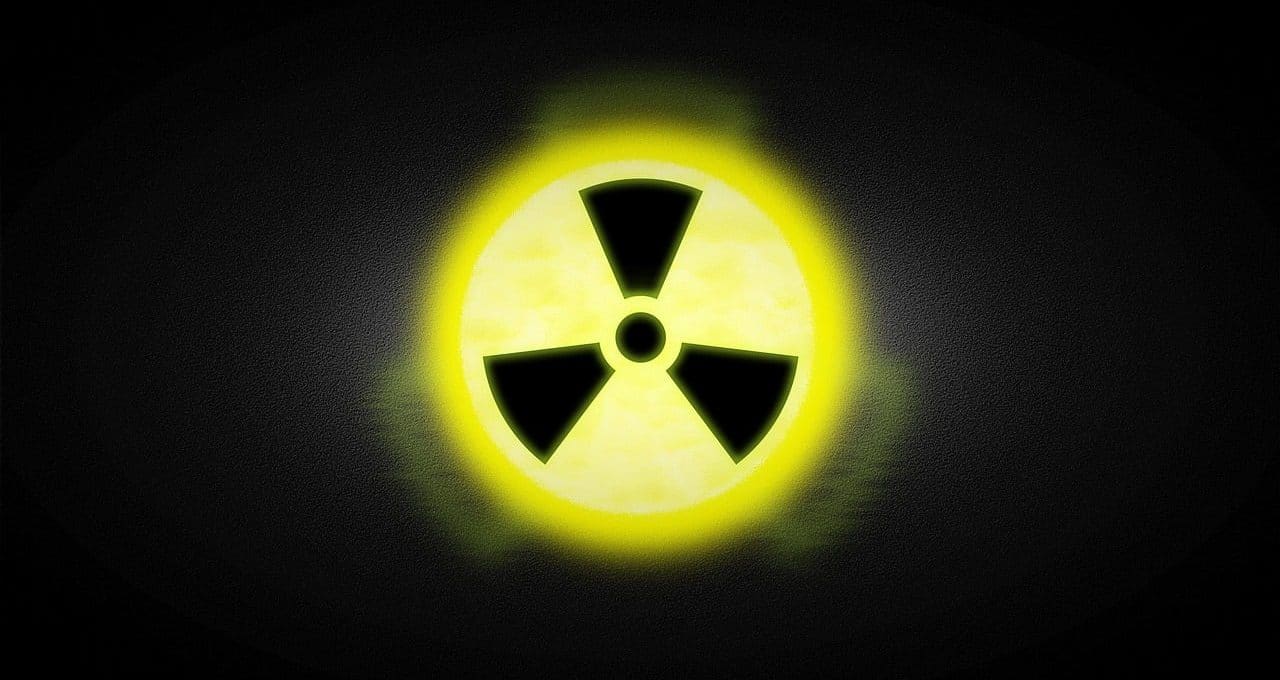
A radioisotope is an isotope with radioactivity.
A radioisotope is the isotope of an element that exhibits radioactivity . This means that the isotope in question is radioactive.
It should be remembered that isotopes are those chemical elements that have an identical number of protons , although a different number of neutrons . Due to this particularity, isotopes share chemical properties and are found in the same place within the periodic table of elements.
Radioactivity, for its part, is the property of bodies whose atoms , when they spontaneously disintegrate, emit radiation. The radiation ionizes the medium it passes through, achieving different effects.
What are radioisotopes
Radioisotopes, in short, are isotopes that have nuclei capable of developing the emission of energy in the form of ionizing radiation , a process that they carry out while trying to achieve greater stability . To detect them, what is done is to measure the radiation emitted by each atom: this measurement will be more or less easy to specify according to the intensity of the emission and the type of radiation.
Due to their radioactivity, radioisotopes have an atomic nucleus that is unstable . When trying to adopt more stable configurations, these elements release energy ( gamma , beta or alpha rays). This characteristic means that radioisotopes can be used in archaeology, medicine and agriculture, for example.

The atomic nucleus of a radioisotope is unstable.
Your applications
Let's look in more detail at some of the applications of radioisotopes in various fields of human knowledge:
- Treatment and diagnosis of certain diseases.
- Sterilization of instruments that are frequently used in both the surgical and clinical settings.
- In the world of industry and technology , they are used to check welds and construction materials, to complement research projects and to control some production processes.
- Agriculture finds radioisotopes useful in preserving food and controlling pests.
- In the field of art , they serve several purposes, such as helping to verify certain objects of historical interest or to restore artistic pieces that have been damaged or deteriorated for different reasons.
- For archaeology, radioisotopes are used to determine the date of a geological event, among other issues.
- In pharmacology, before a drug can be approved so that it can be marketed and used by the public, radioisotopes are used to study its metabolism.
Synthetic radioisotopes
The so-called synthetic radioisotopes are those that are not found naturally on our planet, but must be created through nuclear reactions . The latter are also known as nuclear processes, and are the work that results in the transformation of atomic nuclei and sub-atomic particles from their combination. Nuclear reactions can be exothermic (if they release energy) or endothermic (if they require energy to carry out).
One of the best-known synthetic radioisotopes is metastable technetium-99 , which finds its use in the field of medicine, specifically in the process of identifying blood vessels that have suffered some type of blockage. To obtain it, it is necessary to disintegrate the radionuclide named 99Mo .
It is known as the half-life , in the field of radiochemistry and nuclear physics , the time required for 50% of the nuclei in a radioisotope sample to decay. Other names by which it is possible to find this concept are half-life , half-life and half-life constant . Its use is very broad and is represented by the Greek letter lambda.
